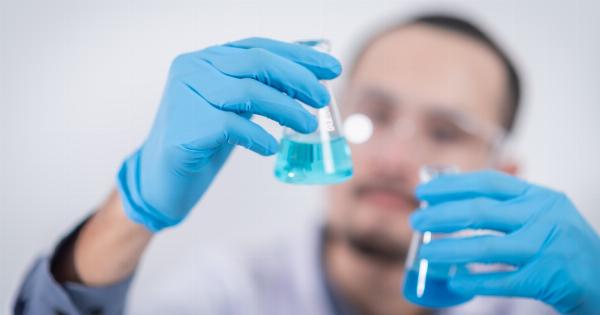Atherosclerosis is known as a condition that affects many people around the world. It occurs when plaque builds up in the arteries. This plaque is a mixture of cholesterol, fat, calcium, and other substances.
Over time, the plaque hardens and narrows the arteries, which can lead to serious health problems like heart attack, stroke, and even death.
Medications are available to treat atherosclerosis, but not all patients respond well to them. In some cases, surgery is required to remove the plaque and restore blood flow.
However, there is a revolutionary new method for treating atherosclerosis that is gaining popularity among medical professionals.
What is the Revolutionary Method for Treating Atherosclerosis?
The new method for treating atherosclerosis is known as extracorporeal shockwave therapy (ESWT). ESWT involves the use of shockwaves to break up the plaque in the arteries.
This method has been shown to be effective in treating atherosclerosis in several clinical trials.
During ESWT, the patient lies down on a table while a technician applies gel to the affected area. The technician then uses a special device that emits shockwaves to the area for several minutes.
The shockwaves create tiny bubbles that break up the plaque, making it easier for the body to naturally remove it.
ESWT is a non-invasive treatment that requires no anesthesia. It is also relatively painless, with most patients describing the sensation as like a tapping or pressure.
The treatment can be completed in as little as 30 minutes and patients can return home immediately afterwards.
What are the Benefits of ESWT for Treating Atherosclerosis?
There are several benefits to using ESWT for treating atherosclerosis. Firstly, it is a non-invasive treatment that does not require surgery or the use of medications.
This means that patients do not have to worry about the side effects that are associated with medications or the risks involved with surgery.
Secondly, ESWT has been shown to be effective in treating atherosclerosis in several clinical trials. In one study, 70% of patients who underwent ESWT saw significant improvements in the blood flow to their heart.
Thirdly, ESWT is a relatively quick and painless treatment that can be completed on an outpatient basis. This means that patients can return home immediately after the treatment is completed and can resume their usual activities.
Who is a Good Candidate for ESWT?
ESWT is not suitable for everyone. Doctors will first assess whether a patient is a good candidate for the treatment before it is recommended.
Good candidates for ESWT include patients who have mild to moderate atherosclerosis and have not responded well to medications. Patients who cannot undergo surgery due to their age or underlying health conditions may also be good candidates for ESWT.
Patients who have severe atherosclerosis or have already had surgery to remove plaque from their arteries may not be good candidates for ESWT.
What Precautions should Patients take after ESWT?
After undergoing ESWT, patients should take several precautions to ensure that they recover well.
Patients should avoid strenuous activities for several days after the treatment. They should also avoid lifting heavy objects or doing anything that requires a lot of physical exertion.
Patients may experience mild discomfort or bruising at the site of the treatment. This is normal and should go away on its own. Patients can use over-the-counter pain relievers to manage any pain or discomfort.
Patients should also continue to take any medications that have been prescribed to manage their atherosclerosis. ESWT is not a substitute for medication and should be used in combination with other treatments.
Conclusion
Atherosclerosis is a serious condition that affects millions of people worldwide. While medications and surgery are available to treat it, they may not be suitable for all patients.
ESWT is a revolutionary new method for treating atherosclerosis that has been shown to be effective in several clinical trials. It is a non-invasive treatment that is relatively quick and painless, making it an attractive option for many patients.






























